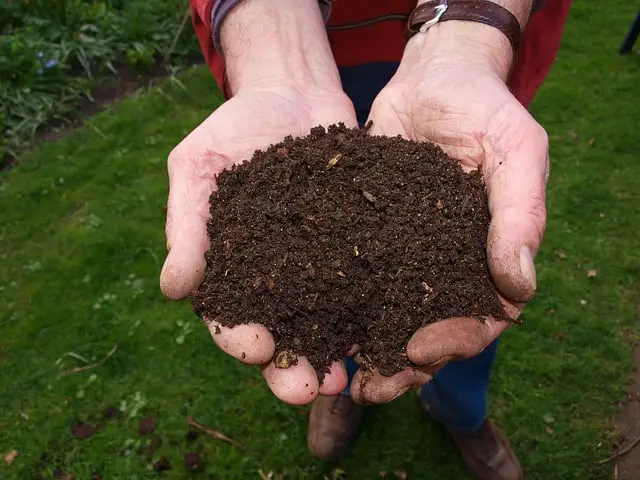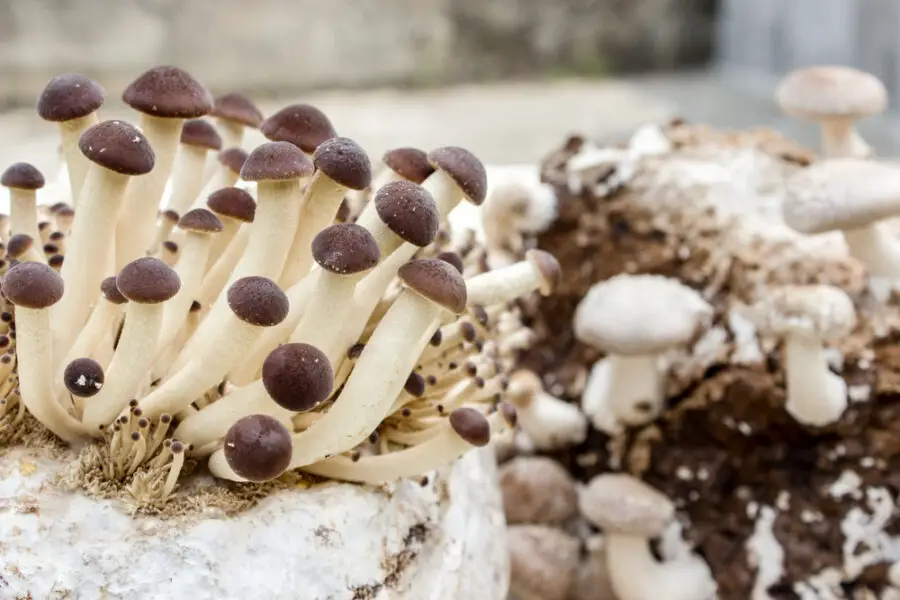You should not eat mushrooms because a large portion of wild mushrooms are either inedile or outright poisonous. There are more than 10,000 known types of mushrooms in North America alone, and many consider this figure to be only the tip of the iceberg. However, according to the Wiley Online Library, only 487 of these mushrooms are edible from what first appears a great choice. Europe has an additional 629 edible mushrooms.
The rest of the article will cover many of your questions on why you should not eat mushrooms.
How many varieties of mushrooms will make you ill?
At this point, it is possible to separate the known types into groups:
- Roughly 50% are inedible or indigestible.
- About 20% will make you ill, although you will most likely recover.
- 1% are poisonous and could kill you!
- Of the remainder, 25% are edible, with an unpleasant taste or no taste at all.
- That leaves a safe choice of just 4%.
Are mushrooms and toadstools different?
You may picture a toadstool as the umbrella-shaped mushroom where a fairy lives below, or you may think they are the toxic, inedible mushroom of the fungi family. Whereas you may believe the simple white mushroom is the one we can eat. Unfortunately, this is a misunderstanding, and there is no scientific evidence to determine if there is a difference between the two, which means that mushrooms can also be inedible.
How many poisonings occur from eating mushrooms
The exact numbers from around the world can be complex because of the lack of recorded data. However, the USA has detailed information from the last 30 years through the National Poison Data System NPDS, accounting for 133,700 cases attributed to poisoning, primarily by ingestion, mainly causing minor stomach upset.
- 704 resulted in significant harm to the person.
- 51 deaths.
European countries such as France and Belgium have recorded similar statistics.
The seven most poisonous mushrooms
The Encyclopedia Britannica states that 70-80 mushrooms are poisonous, but only a few are deadly when eaten. The most deadly of the group includes seven varieties as they closely resemble safe fungi. Most fatalities occur when consuming one or more species of mushroom from this group of seven.
How do you know if a mushroom is poisonous?
There is quite an extensive checklist to determine if a mushroom is poisonous. Wild Food UK suggests the following as a starting point:
- Is there red anywhere on the mushroom?
- If you touch the cap, does it change to a bright yellow?
- If you cut the stem in half lengthways, does it quickly turn blue?
- Does it have an unpleasant or a chemical type smell?
- Is there a milky type fluid coming from the gills underneath the cap?
Consider this by no means a complete list, so please do carry out further research.
How to avoid eating poisonous mushrooms
Unintentional ingestion is the most common way to be poisoned by mushrooms. You must know how to forage for mushrooms, or do not risk it! Alternatively, take someone who knows the local mushrooms very well and check and double-check that the mushrooms are safe.
In some countries like France, it is possible to take your mushrooms to be verified by a local Pharmacy. Find out what systems are in place to help identify your mushrooms in your country.
What happens if you eat a non-edible mushroom?
If you eat an inedible mushroom, the symptoms can vary in severity, depending on the mushroom’s toxicity. Mild symptoms can be vomiting, diarrhoea, extreme stomach pains, even affecting your vision and causing difficulty in breathing. In worst-case scenarios, you can experience kidney and liver failure, even death.
Other safety measures.
Take photographs of any mushrooms you have picked and write down the locations of where and when you found them before cooking and eating. If you then need any medical treatment, the photographs could quickly help the doctors identify the poison.
Can technology help?
In our modern world, everyone has a mobile phone often loaded with all sorts of apps. These apps can encourage us to carry out all kinds of tasks with the idea that we are safe because our phones do not lie.
Due to high levels of mushroom foraging in France, authorities have asked people not to use recognition apps due to the high incidence of errors associated with them.
Can I drink alcohol with mushrooms?
Maybe a strange question, but you should avoid eating some mushrooms with alcohol. While the mushroom may not be toxic, it can interfere with how the body removes alcohol from your system, inducing an unpleasant illness.
The Inky Cap mushroom is one of these mushrooms, which until recently has been considered an edible mushroom, but Wild Food UK has now listed it on the poisonous list.
Can I eat raw mushrooms?
No, you should not eat raw mushrooms. They have a rubbery cell wall made of chitin, making them hard to bite into and indigestible, and some people experience digestive problems. Raw mushrooms also contain elements of carcinogenic compounds.
Cooking destroys bacteria, which your mushrooms may have collected through handling. Even the ones from the supermarket can collect a few germs on their journey to your kitchen. A few minutes of cooking your mushrooms can help ensure they are safe, tasty, and nutritious.
What is Chitin?
Chitin, put simply, is a compound that forms the outer shell that protects insects, lobsters, snails and fungi. These shells can vary in strength, from a protective shell to a firm wall in a mushroom.
How to store mushrooms?
Mushrooms are living organisms, and how you store them can affect their toxicity. Keeping them in a plastic bag, even for as short as three hours, can increase bacteria. They need to be stored in a paper bag and kept in a refrigerator to prevent them from going slimy and mouldy.
They should be consumed within 48 hours of foraging. You should inspect any mushroom before consuming for mold or slime – any evidence of either and you need to throw the mushroom away.


